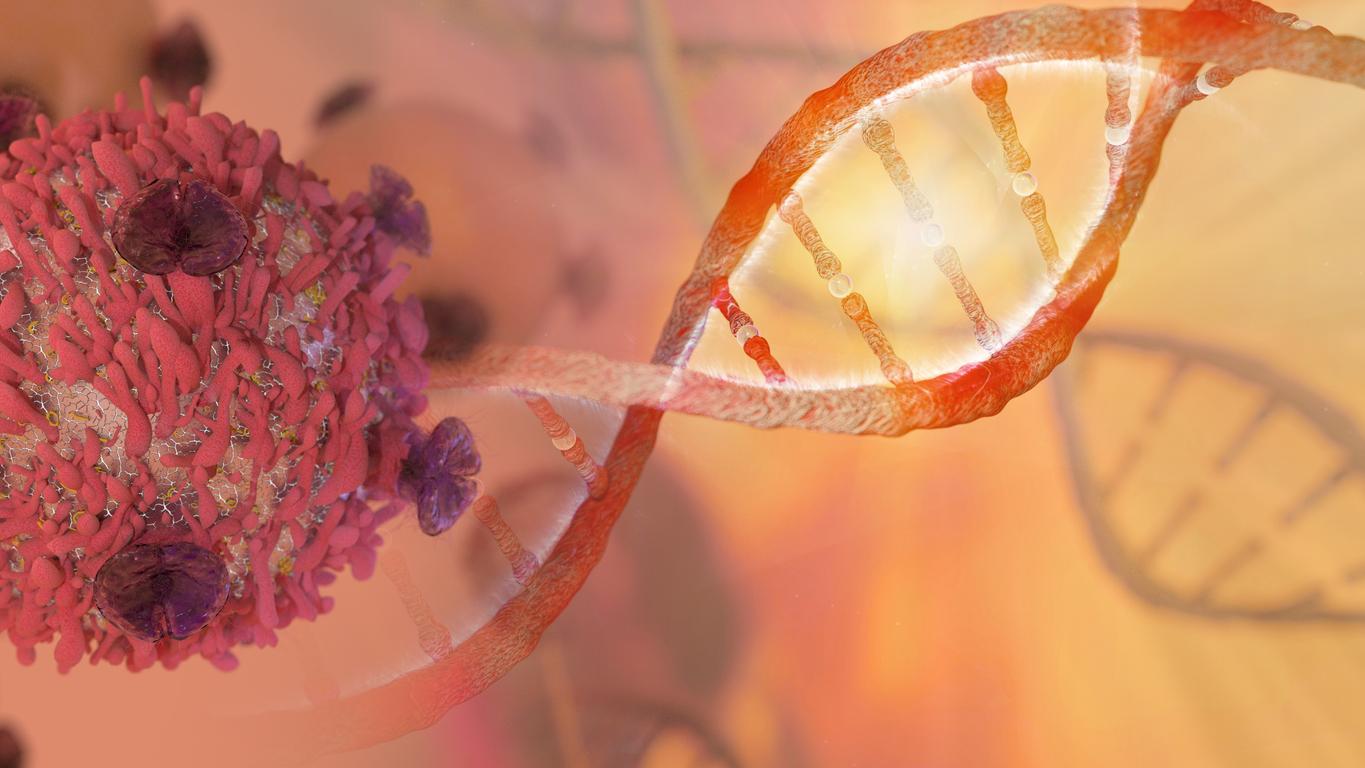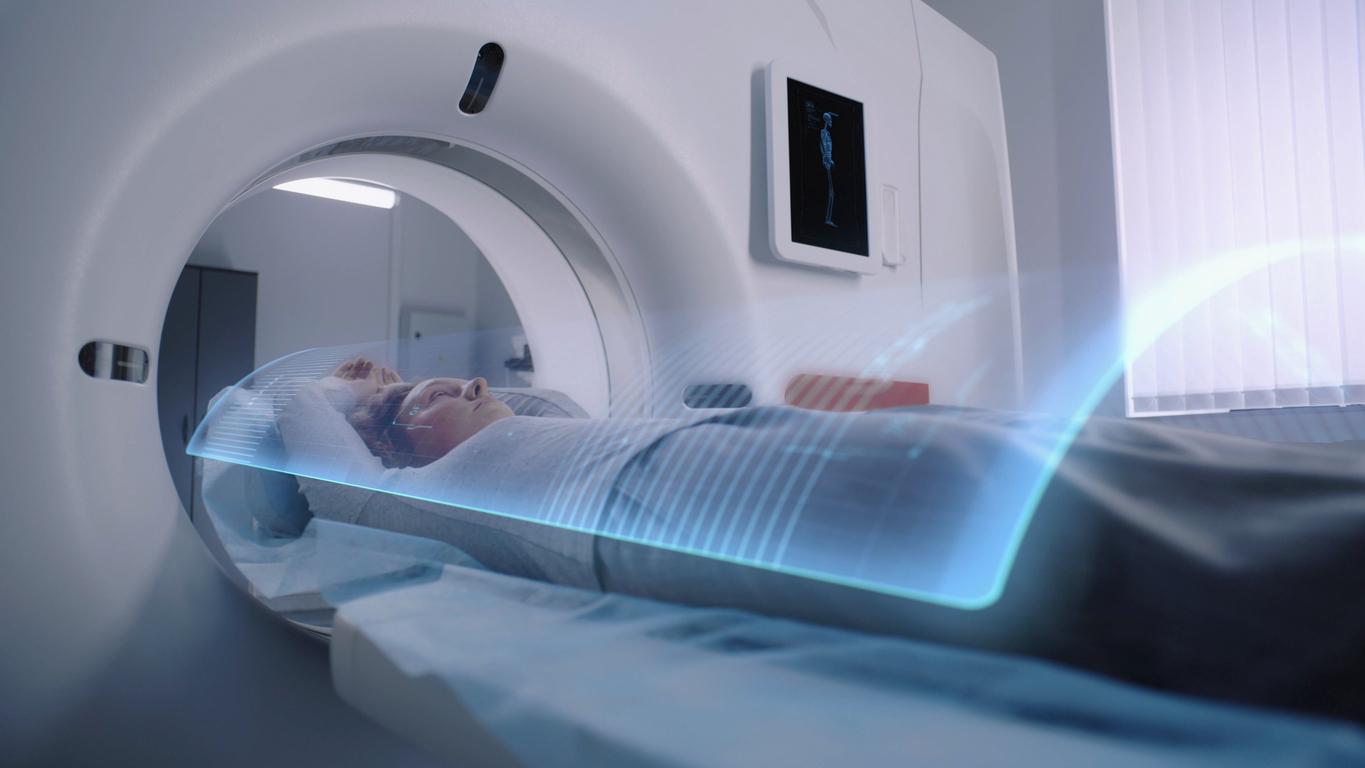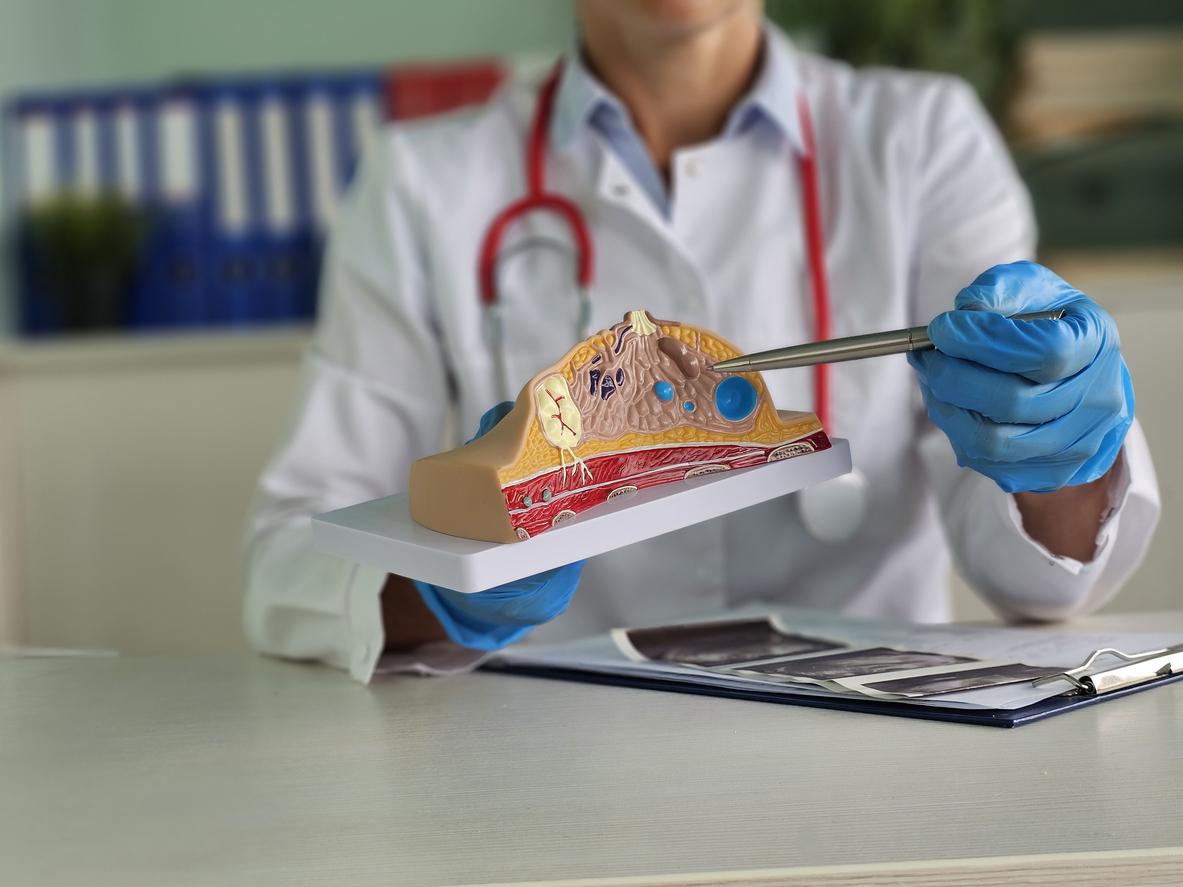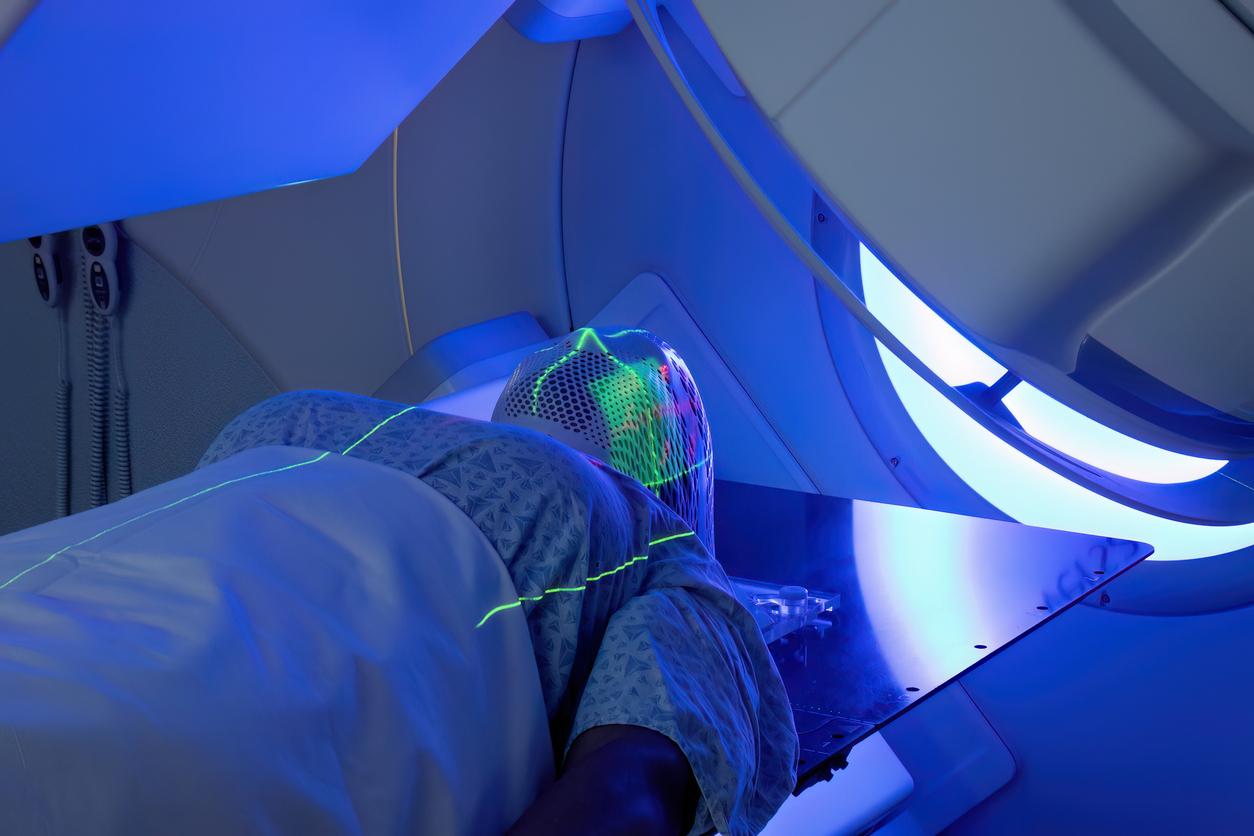Physical activities, and in particular sport, have their place during cancer. Demonstration with Dr Bruno Cutuli, oncologist and radiotherapist.
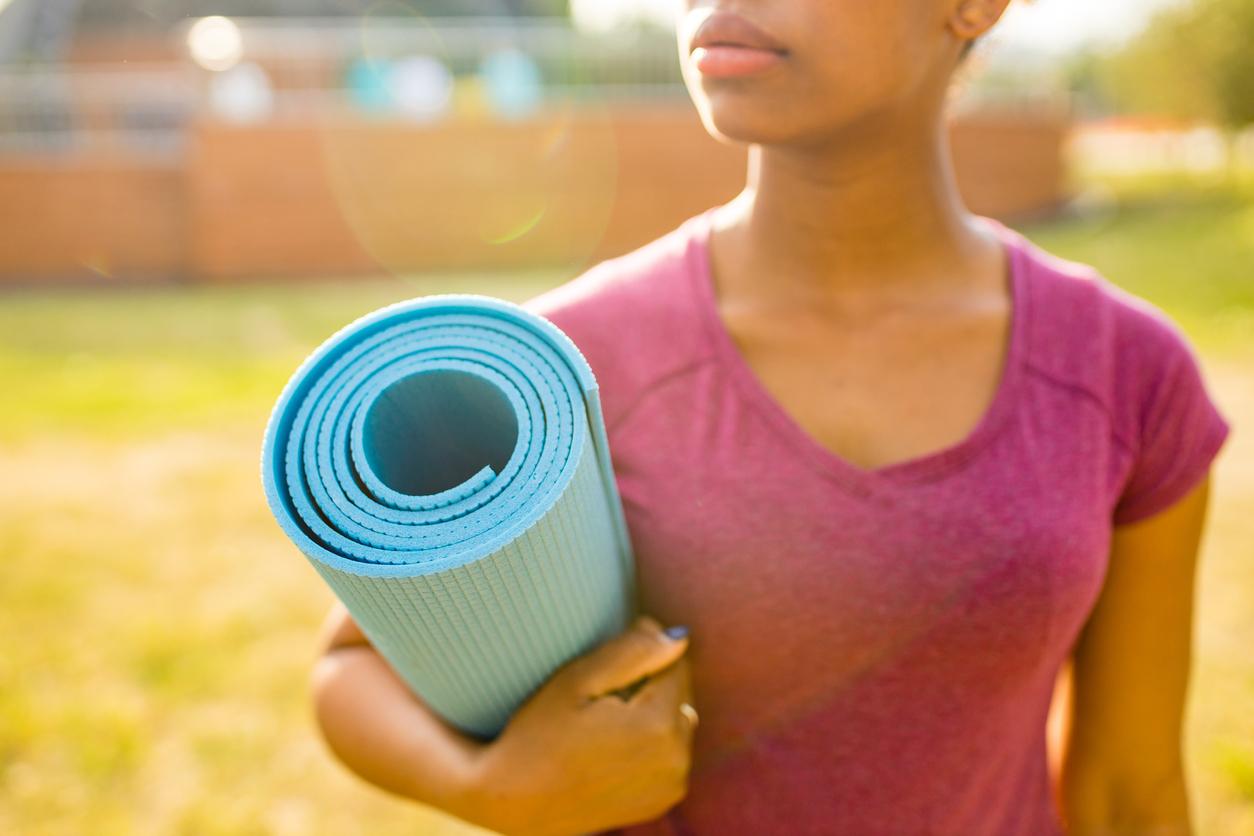
- Physical activity brings “many benefits because it improves quality of life and reduces the adverse effects of treatments (chemotherapy, hormonal treatment) including fatigue, joint pain, mood disorders, hot flashes”.
- The sports practiced “can be martial arts (Tai-chi, adapted Karate, Chi Gong, etc.), aquatic sports (swimming, aquagym, etc.), exercise or hiking cycling, walking, gymnastics, badminton, fencing, adapted boxing, but also the Dragon Boat »
- It is necessary to “ideally combine an endurance activity (running, hiking, cycling, etc.) and muscle strengthening exercises (gymnastics, exercises with dumbbells, bending, etc.) even if of short duration (5 to 10 min is enough)”.
Why doctor: How are sports and physical activity in general a real benefit during cancer treatment? And also after treatment?
Dr Bruno Cutuli: Sport and physical activity in particular are important elements in primary prevention of chronic diseases, but also in tertiary prevention, that is to say when the disease has arrived, to reduce the risk of relapse and also improve quality of life.
Physical activity is recognized worldwide as an element in reducing the risk of cancer occurrence, particularly of the breast, colon, prostate, and uterus in post-menopausal women. There is a range of benefits for women who have been treated or are in treatment because it improves quality of life and reduces the adverse effects of treatments (chemotherapy, hormonal treatment) including fatigue, joint pain, speech disorders. mood, hot flashes.
Sport and cancer: “medical validation is needed”
What sports are recommended? And at what rate?
More than sport, we need to talk about adapted physical activity. The activity must be regular, 3 to 4 hours per week spread over several days. But medical validation is required beforehand by the oncologist, and possibly a cardiologist or rheumatologist.
It must be fun, not imposed, and it must ideally combine an endurance activity (running, hiking, cycling, etc.) and muscle strengthening exercises (gymnastics, exercises with dumbbells, flexions, etc.), even if of short duration ( 5 to 10 minutes is enough).
Sports can be martial arts (Tai chi, adapted Karate, Chi Gong, etc.), aquatic sports (swimming, aquagym, etc.), exercise or hiking cycling, walking, gymnastics, badminton, fencing, adapted boxing, but also Dragon Boat. [Pour ce dernier, le Dr Cutuli a d’ailleurs été l’initiateur en France, et plus particulièrement dans la ville de Reims en 2009, d’un équipage majoritairement constitué de femmes étant ou ayant été atteintes d’un cancer du sein (les Dragons Ladies), ndlr].
Sport is “a wonderful support tool”
And in addition to sport, what place for supportive care?
Supportive care has become very important over the years. And little by little, we took into account the person as a whole, also taking into account the side effects of the treatments. Physical activities were then developed, but also art therapy, meditation, nutrition, sophrology workshops, etc. which contribute to well-being during and after treatment. We must not forget post-treatment which is often a slump; supportive care at this time can be useful as a relay to the therapeutic phase.
Physical activity and sport are beneficial at all ages. And in the case of cancer, it is a wonderful support tool, improving symptoms secondary to treatments and body image, particularly when the woman has had a mastectomy. And it is also psychological support allowing us to reconnect socially.
To find out more, and in particular about the wonderful story of the Dragon Ladies, it’s here:















